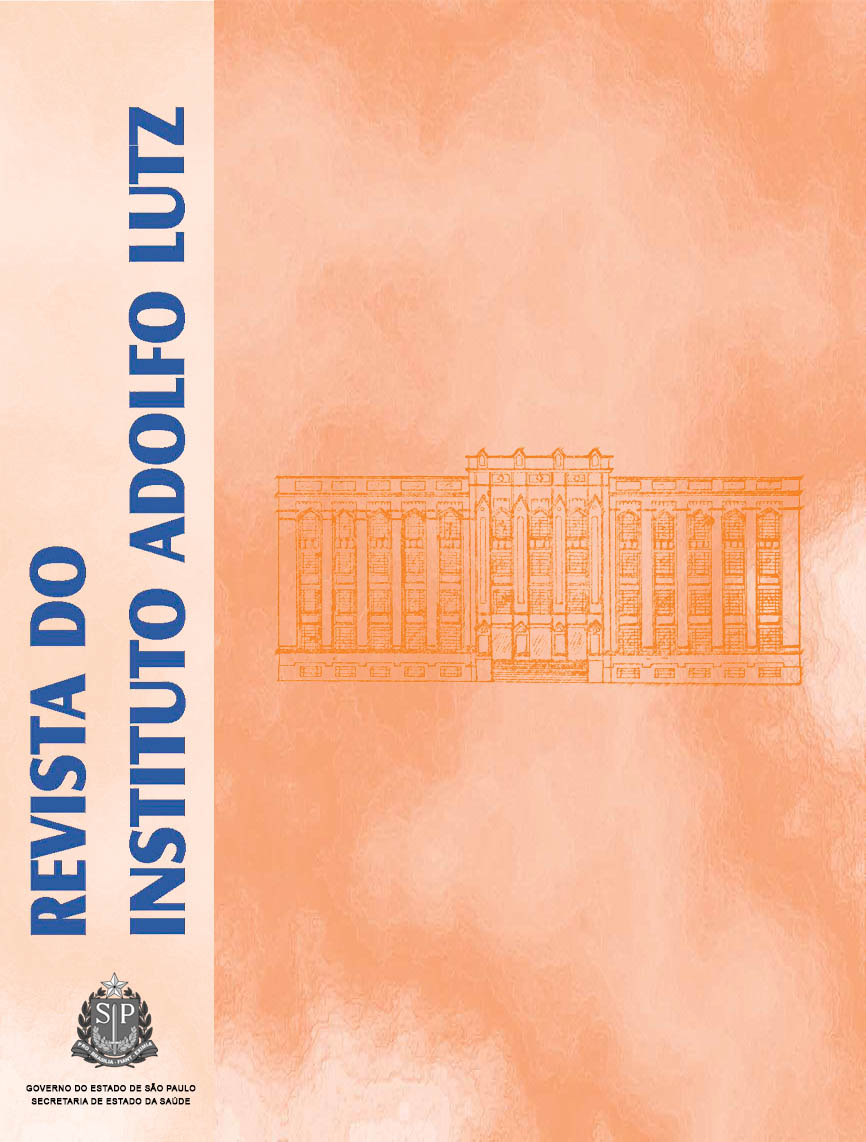Abstract
The objective of this work was to verify the physical and chemical changes in quail eggs fed with control diet and diets containing percentages of 3.3%, 6.6% and 9.9% of solid fraction of fish residues chemical silage, for 30 days. The experiment was performed using 80 quails of 35 weeks old. They were divided at random into blocks in five cages/diets and four birds/cage. The eggs were selected according to weights varying from 10.5g to 12.0g. For egg composition analysis was used the official methodology, evaluating the moisture, proteins and ashes in yolks and albumens and lipids in yolks.The physical analyses consisted of weight loss, albumen/egg ratio, yolk/egg ratio and shell/egg ratio, specific mass of albumens and yolks, Haugh Units, and yolk index. The data of the present study showed that alterations occurred eggs physical features were rather more correlated with storage time than the change in bird diets. The major egg weight loss was 2.64% at 30th day; and albumen quality decayed from 76 to 72 Haugh Units.No statistically significant differences in quail eggs chemical analyses were observed.References
1. Muller HG, Tobin G. Alimentos de origen animal. In: Muller HG, TobinG. Nutricion y Ciencia de los Alimentos. Zaragoza: Ed Acribia, 1996.p. 221-6.
2. Stadelman WJ. The incredibly functional egg. Poult Sci 1999; 78:807-11.
3. Hussein SM, Harms RH, Janky DM. Effect of age on the yolk toalbumen ratio in chicken eggs. Poult Sci 1993; 72: 594-7.
4. Peebles ED, Zumwalt CD, Doyle SM, Gerard PD, Latour MA, Boyle CR et al. Effects of breeder age and dietary fat source and level onbroiler hatching egg characteristics. Poult Sci 2000; 79: 698-704.
5. Yannakopoulos AL, Tserveni-Gousi AS, Christaki E. Effect of naturalzeolite on yolk: albumen ratio in hen eggs. Br Poult Sci 1998; 39: 506-10.
6. Souza PA, Souza HBA, Oba A, Gardini CHC. Influence of ascorbic acidon egg quality. Ciência e Tecnologia de Alimentos 2001; 21: 273-5.
7. Ahn DU, Sunwoo HH, Wolfe FH, Sim JS. Effects of dietary α-linolenicacid and strain of hen on the fatty acid composition, storage stability,and flavor characteristics of chicken eggs. Poult Sci 1995; 74: 1540-7.
8. Surai PF, Sparks NHC. Designer eggs: from improvement of eggcomposition to functional food. Trends in Food Science & Technology2001; 12: 7-16.
9. Hall LM, Mckay JC. The relationship between yolk cholesterol andtotal lipid concentration throughout the first year of egg productionin the domestic fowl. Br Poult Sci 1993; 34: 487-95.
10. Cobos A, Hoz L, Cambero MI., Ordóñez JA. Dietary modification andhen strain dependence of egg yolk lipids. Food Research International1995; 28: 71-6.
11. Manson JM, Picken KJ, Draper MH, Thompson R. Variation among individual white-leghorn hens in the concentration of minerals in thealbumen and yolk content of their eggs. Br Poult Sci 1993; 34: 899-909.
12. Nunes ML. Silagem de pescado. In: Ogawa M, Maia EL. Manual de Pesca – Ciência e Tecnologia do Pescado. São Paulo: Ed Varela; 1999.v. 1. p. 371-6.
13. Pesti GM, Miller BR, Chambers R. User Friendly Feed Formulation Program 1.11. University of Georgia, Department of Poultry Scienceand Department of Agriculture Economics, 1986.
14. Nutrient Research Council (NRC). Nutrient Requirements of Poultry, 9 ed. Washington: Nat. Acad. Press; 1994.
15. Association of Official Analytical Chemists (AOAC). Official methodsof analysis of the Association of Official Analytical Chemists. 16ed.,vol. II, Washington, 1995.
16. Griswold RM. Estágio atual da ciência de alimentos - Ovos. In: Griswold RM. Estudo Experimental dos Alimentos. Rio de Janeiro: Ed EdgardBlücher; 1972. p. 35-67.
17. Beyer RS, Jensen LS. Cholesterol concentration of egg yolk and bloodplasma and performance of laying hens as influenced by dietaryα-ketoisocaproic acid. Poult Sci 1992; 71: 120-7.
18. Vilchez C, Touchburn SP, Chavez ER, Lague PC. Eggshell quality inJapanese quail fed different fatty acids. Poult Sci 1992; 71: 1568-71.
19. Powrie WD, Nakai S. Características de los alimentos líquidos de origenanimal: huevos. In: Fennema OR. Química de los alimentos. Zaragoza: Ed Acribia; 1993. p. 931-959.
20. Naber EC. The effect of nutrition on the composition of eggs. PoultSci 1979; 58: 518-28.
21. Li X, Nakano T, Sunwoo HH, Paek BH, Chae HS, Sim JS. Effects ofegg and yolk weights on yolk antibody (IgY) production in layingchickens. Poult Sci 1998; 77: 266-70.
22. Chwalibog A. Factorial estimation of energy requeriment for eggproduction. Poult Sci 1992; 71: 509-15.
23. Sotelo A, González L. Huevo em polvo con bajo contenido de colesterol. Características nutricias y sanitarias del producto. Archivos Latinoamericanos de Nutrición 2000; 50: 134-41.
24. Torres EAFS, Campos NC, Duarte M, Garbelotti ML, Philippi ST,Rodrigues RSM. Composição centesimal e valor calórico de alimentos de origem animal. Ciência e Tecnologia de Alimentos 2000 Mai-Ago; Available from: URL: http://www.scielo.com.br.

This work is licensed under a Creative Commons Attribution 4.0 International License.
Copyright (c) 2005 Instituto Adolfo Lutz Journal
